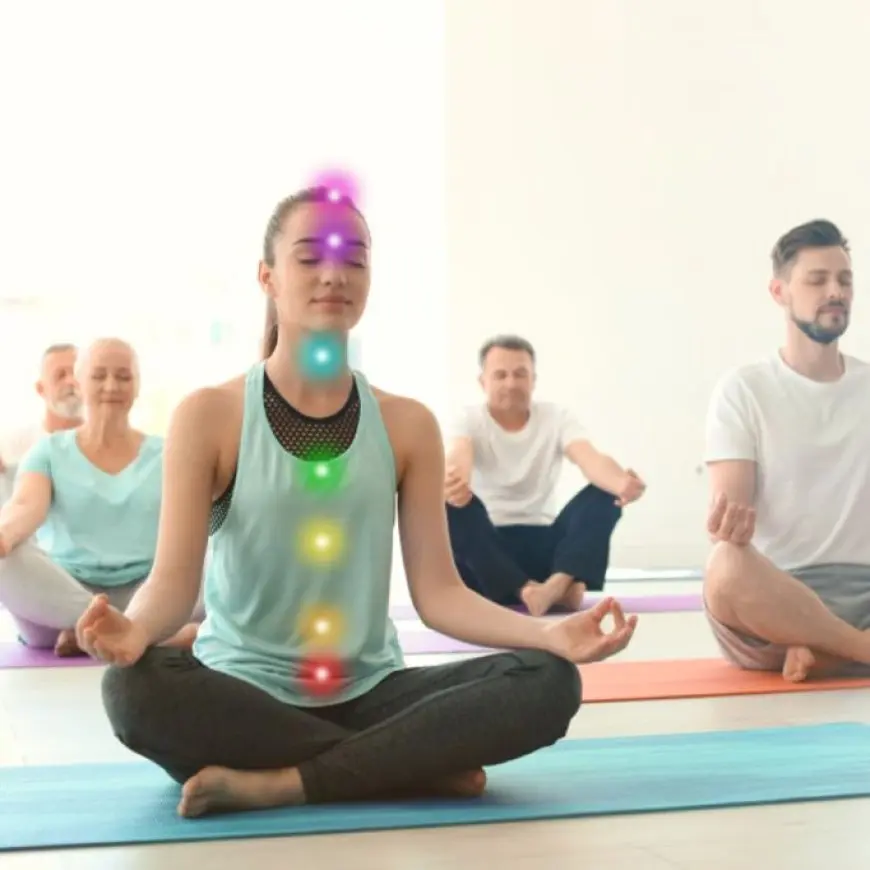How to Start a Meditation Practice
How to Start a Meditation Practice

Meditation is an ancient practice that has been embraced for its numerous mental, emotional, and physical benefits. It can reduce stress, improve focus, increase self-awareness, and enhance overall well-being. Starting a meditation practice can feel overwhelming for beginners, but the process is simple and accessible to anyone. With a bit of patience, consistency, and understanding, meditation can become a transformative part of your daily routine.
The first step to starting a meditation practice is finding a quiet, comfortable space where you can sit undisturbed for a few minutes. This space should be free from distractions, allowing you to fully focus on your practice. You don't need a special room or fancy setup – just a quiet corner or even a comfortable chair can suffice. If possible, try to choose a place where you feel relaxed and at ease. Over time, you may even want to designate this space as your “meditation spot” to associate it with mindfulness.
Once you have chosen your space, the next step is to get comfortable. You don’t need to sit in any specific position or on the floor if that doesn’t feel comfortable for you. You can meditate sitting on a chair with your feet flat on the ground, or on a cushion with your legs crossed, or even lying down if that’s most comfortable. The key is to keep your posture upright but relaxed, so your body feels both stable and at ease. You want to avoid any physical discomfort that could distract you from the practice.
When you're ready, focus on your breath. Breathing is central to meditation, as it helps calm the mind and bring your attention to the present moment. Begin by simply noticing your breath as you inhale and exhale. Try to breathe naturally, without forcing it. The goal is to observe the rhythm of your breathing and bring your awareness to the sensation of the air entering and leaving your body. If your mind starts to wander (which is completely normal), gently bring your focus back to your breath.
One of the most common challenges for beginners is dealing with a busy mind. It’s natural for thoughts to arise during meditation, whether it’s about your to-do list, worries, or other distractions. The key here is not to get frustrated with yourself. Meditation is not about forcing your mind to be blank. Instead, it’s about learning to observe your thoughts without judgment. When a thought arises, acknowledge it, then gently return your focus to your breath. Over time, you will find it easier to let go of distractions and maintain your attention on the present moment.
To deepen your practice, consider using guided meditation or meditation apps, especially when starting out. Guided meditations provide instructions and support, making it easier to stay on track, especially if you’re new to the practice. There are many apps and online resources that offer free guided sessions, ranging from just a few minutes to longer practices. You can also explore different types of meditation, such as mindfulness meditation, loving-kindness meditation, or body scan meditation, to see which resonates with you.
It’s important to start small. Begin with just a few minutes each day and gradually increase the duration as you feel more comfortable. You don’t need to meditate for hours at a time to experience the benefits; even just 5 to 10 minutes can make a significant difference. As you build your practice, you can extend the time if you wish. Consistency is more important than length, so try to incorporate meditation into your daily routine. Doing it at the same time every day – whether it’s in the morning to set a calm tone for the day, or in the evening to unwind before bed – can help make meditation a habit.
Another useful tip is to incorporate mindfulness into your daily activities. While formal meditation involves sitting quietly and focusing on the breath, mindfulness can be practiced throughout your day. Whether you're eating, walking, or even washing dishes, you can practice being fully present by paying attention to the sensations and experiences of the moment. This helps bring the benefits of meditation into your everyday life and strengthens your mindfulness practice.
As you progress in your meditation journey, you may notice various physical and mental benefits, such as reduced stress, increased clarity, and improved emotional regulation. It’s also common for people to experience greater self-awareness and a deeper connection with their inner selves. Meditation can help you cultivate patience, compassion, and a sense of calm, which can have a positive impact on other areas of your life.
Remember, meditation is a skill that takes time to develop. It’s normal to encounter challenges or feel discouraged at times, especially in the beginning. The key is to approach meditation with a gentle, non-judgmental attitude. Be patient with yourself and allow your practice to evolve at its own pace. Over time, you’ll notice a shift in your mindset, and meditation will become a valuable tool for maintaining peace and balance in your life.
In conclusion, starting a meditation practice is a simple yet powerful way to enhance your mental, emotional, and physical well-being. By finding a quiet space, focusing on your breath, and being patient with yourself, you can create a sustainable and rewarding meditation practice. Remember to start small, experiment with different techniques, and embrace mindfulness throughout your day. With consistency, meditation will become a natural part of your life, helping you feel more grounded, present, and at peace.







